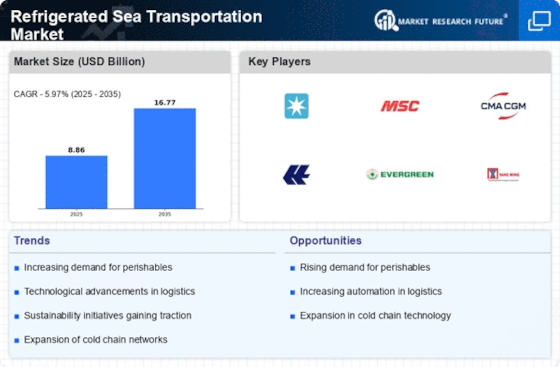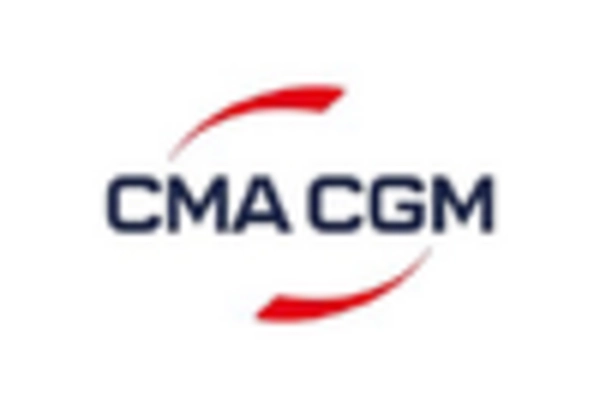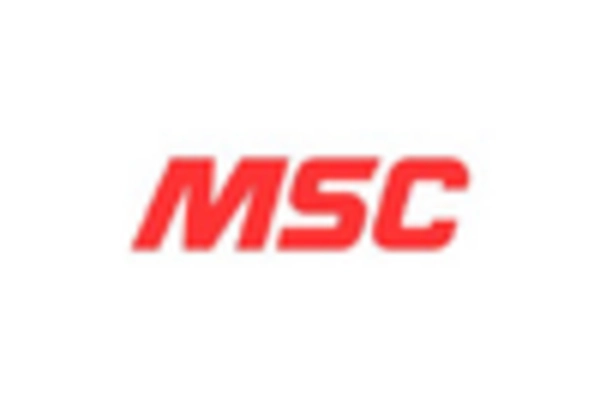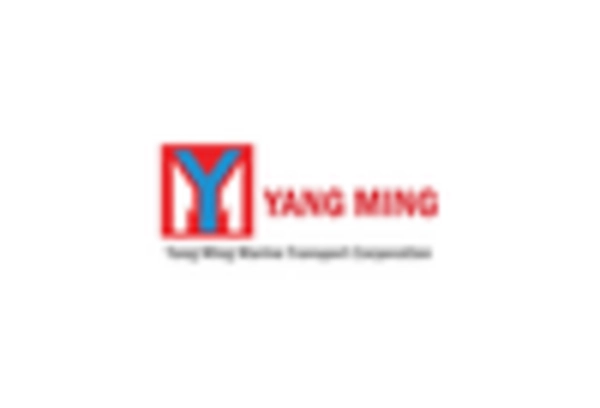Market Analysis
In-depth Analysis of Refrigerated Sea Transportation Market Industry Landscape
The dynamics of the refrigerated sea transportation sector are not only dictated by a number of variables, but, these variables shape the direction of its growth and performance on a global scale. One of the major reasons in large sums is the growing need of the world for perishable products such as fruits,winter vegetables, and sea food due to the increase in consumption and population. Moreover, the increasing demand from fetchers of various types and ripe fresh produce all year round has become a big issue, compounding the need for hassle-free and highly effective refrigerated sea transport services.
Also, the market is inevitably being influenced by technological innovations which appear to be diverse. During the entire process of the food chain, the new technologies such as refrigeration and containerization have maximized the durability of perishable products transported over great distances; in addition, the quality of the products has not affected adversely. However, the continuous optimization of data analytics with smart containers is continuously evolving as an indispensable factor today, where the temperature and other conditions inside shipping containers are properly kept to the required range throughout the voyage.
The market of global shipping and seaborne trade is marked by significant influence of regional economy and trade patterns of the major destinations. At the time of an increase in international shipping, companies and individuals from all over the world are more likely to use cargo transportation services, which in turn means the demand for refrigerated shipping services also rises. Economical oscillations, political complications and negotiations can all affect the transport of goods, therefore, the amount of goods being carried through the cold chain.
These days it is not unheard of that the environmental factors play a growing role in economic developments. Along with the evolution of environment friendly activities and sustainable habits, the industry needs to adapt to the new green methods of production. The model of regulation, which is oriented to reduce carbon emissions and the overall environmental effect in the world marine navigation is intensifying improvements in vessel design and operation of the separated temperature of cargoes of sea transportation vessels.
Competition structure in the ice cold sea transportation market is the environment that shapes the dynamics of the market. People in the business community are constantly working around the clock to improve their service, to expand their vehicle fleet with the latest models available and to grow their international network. The ambitious and innovative relationships and partnerships between the shipping companies, logistics support agencies, and producers of perishable goods shape into a more interlinked and productive supply chain.
Increased international trade is undoubtedly one of the main force behind the rise of refrigerated sea transportation by market. Consistent marine food & beverage, pharmaceutical, and also other industries along with urbanization are major influences contributing to the refrigerated sea transportation market over the course of the expected time. Fastest pace of the sector is growth where that of the logistics industry due to technological advancements the global market is also experiencing upsurge. In addition to this, the increased share of perishable particles in the trade has led to soaring demand for seaborne transport of such products and has boosted the industry to look out the possibilities of the refrigerated sea transportation carrier firms. Through the alternation of retail business models and innovations in technology, significant opportunities are opening to aquatic freights.

















Leave a Comment